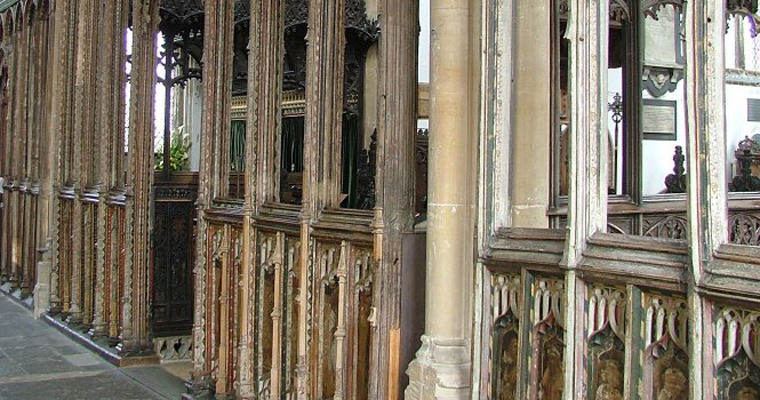
Image source: Simon Knott, St. Edmund's, Southwold, Suffolk UK
Why and how did builders hide sonic devices in medieval parish churches?
This is an ongoing project to trace use of acoustic jars in pre-Reformation English parish churches. The embedding laying claypots in walls goes back to Vetruvius and his treatise on architecture. The practice was not unknown to medieval builders, but it was not common. That said, why and how builders sought to place jars in church walls and even in trenches under choir stalls remains largely unexamined. It’s particularly important for historians of the Reformation because it undermines long held stereotypes about the nature of the objectives of religious reform in the 16th century - that churches transitioned from being primarily visual spaces to acoustic spaces, ones focused on preaching, rather than reverence of imagery. By applying an archaeoacoustic methodology we can see how such perceptions are misguided: English parish churches were resoundingly aural spaces, as much as visual. Moreover, many of their technologies were hidden by design. The hidden nature of sound technologies like the acoustic jar shifts our ideas about how sound was managed in pre-Reformation contexts.

